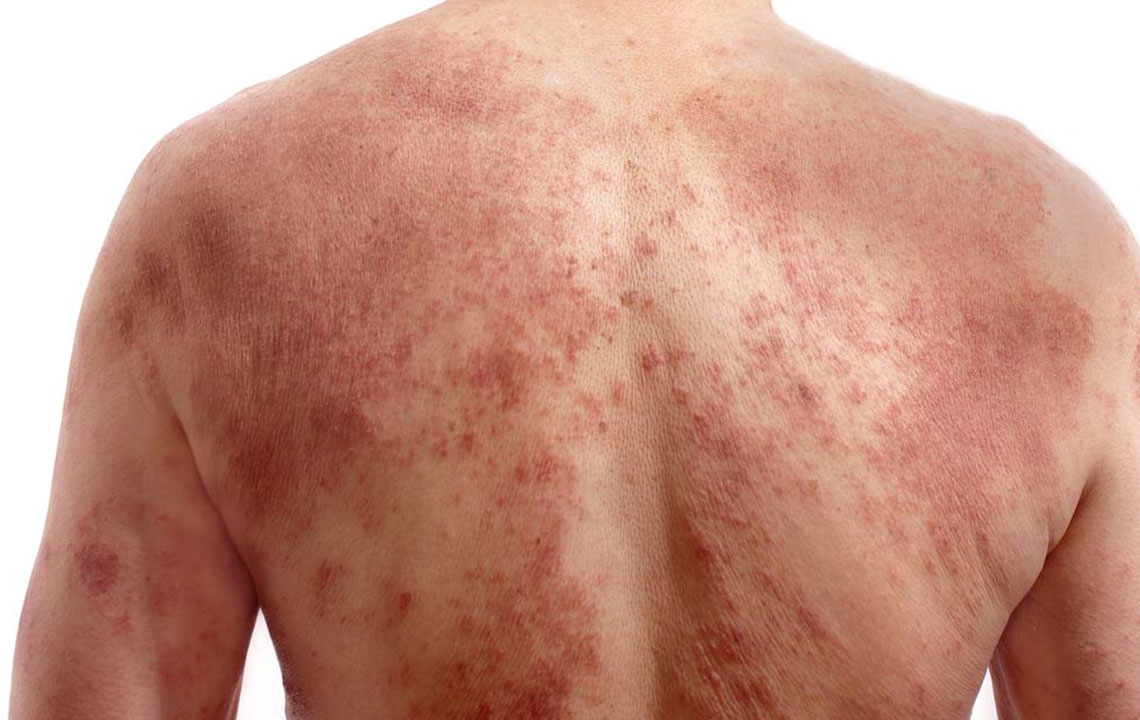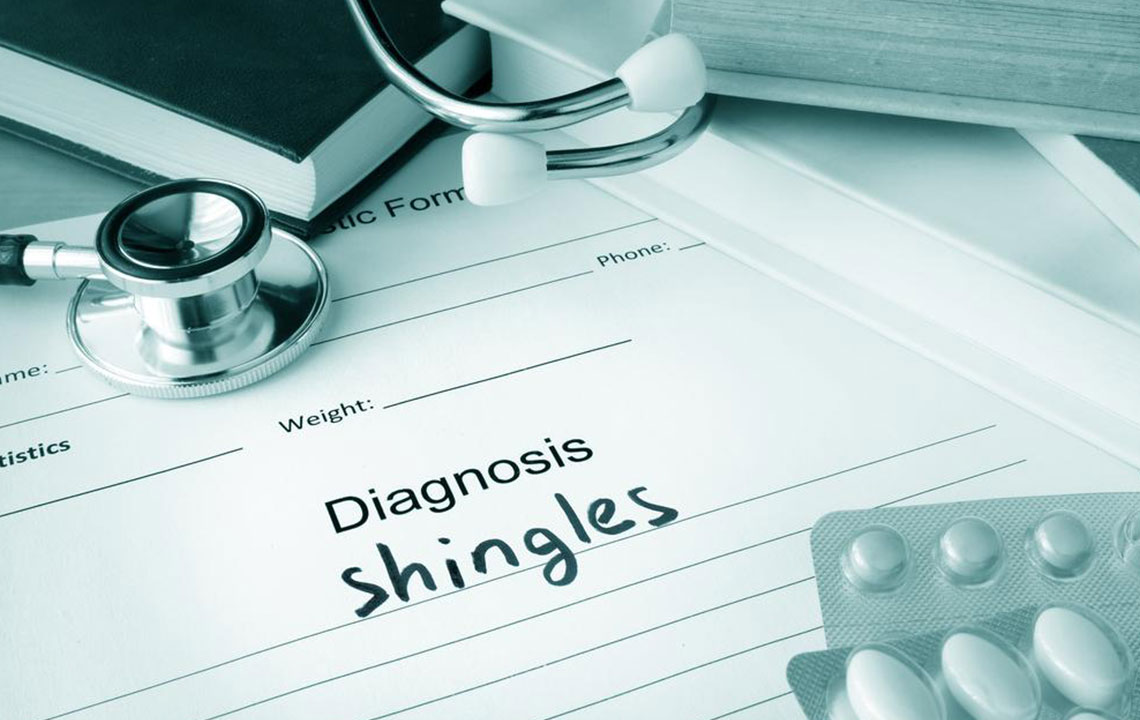Comprehensive Approaches to Alleviating Shingles-Related Nerve Pain
Shingles, caused by the reactivation of the varicella-zoster virus, leads to painful rashes and often prolonged nerve pain known as postherpetic neuralgia (PHN). This comprehensive guide explores effective treatment options such as topical patches, anticonvulsants, antidepressants, and other therapies. Proper management is essential to reduce pain, improve quality of life, and prevent the condition from worsening. Early intervention and personalized treatment plans, guided by healthcare professionals, are key to alleviating shingles-related nerve discomfort and enhancing patient recovery.

Comprehensive Approaches to Alleviating Shingles-Related Nerve Pain
Shingles, also known as herpes zoster, is a painful condition that primarily affects adults, especially seniors. It originates from the reactivation of the varicella-zoster virus, the same virus responsible for chickenpox. Once a person recovers from chickenpox, the virus doesn't get eliminated; instead, it lies dormant within nerve tissues. Under certain conditions, such as weakened immunity or stress, the virus can reactivate and cause shingles. Annually, nearly one million new cases of shingles are reported worldwide, making it a significant public health concern, especially among older adults.
Despite advancements in antiviral medications that significantly reduce the severity and duration of the rash, many individuals, particularly those over 60, continue to suffer from persistent nerve pain known as postherpetic neuralgia (PHN). This nerve pain can last for months or even years after the skin lesions have healed, severely impairing daily life and overall well-being. Especially for elderly patients, managing this nerve discomfort becomes a crucial aspect of post-shingles care.
Understanding Postherpetic Neuralgia
Postherpetic neuralgia (PHN) refers to nerve pain caused by nerve damage due to shingles. Not every person with shingles develops PHN, but the risk increases with age, compromised immune systems, and the severity of the initial rash. The pain associated with PHN can be intense, often described as burning, stabbing, or electric shock-like sensations.
Shingles presents as a band or patch of painful rash, usually limited to one side of the body or face. This rash often appears in a dermatomal distribution, corresponding to the affected nerve pathways. Visible on the skin, these eruptions can interfere with personal, social, and professional activities, leading to feelings of embarrassment and social withdrawal.
Shingles significantly impacts quality of life, especially because of the visible rashes and severe nerve pain. While treatment of the rash with antiviral drugs is critical, addressing nerve pain requires a comprehensive and often multifaceted approach. Fortunately, numerous treatment options can help manage and reduce persistent nerve discomfort, improving patients' daily functioning and life quality.
Nerve pain linked to shingles can be particularly debilitating, but effective management strategies are available. A combination of therapies tailored to the individual's condition often results in the best outcomes. Any persistent pain should prompt consultation with healthcare professionals to develop an effective, personalized treatment plan.
Treatment Strategies for Shingles-Related Nerve Pain
Current research suggests that no single medication or therapy can universally eliminate shingles-related nerve pain. Instead, a synergistic approach, combining different treatment modalities, tends to offer the most relief. Here are some of the most effective and commonly used treatments:
Lidocaine Patches – These medicated patches are applied directly over the affected skin to deliver local anesthesia, rapidly alleviating itching, burning, and pain sensations. Being topical, they tend to have fewer systemic side effects, making them suitable for many patients.
Capsaicin Patches – Derived from chili peppers, capsaicin patches work by depleting pain-transmitting neuropeptides in nerves, providing long-lasting relief after initial application of a local anesthetic. These patches should be administered by trained healthcare providers due to their potency and potential side effects. Many patients experience significant pain reduction that can last for several months before the need for reapplication.
Anticonvulsant Medications – Drugs like gabapentin (Neurontin) and pregabalin are frequently prescribed to modulate nerve activity and lower nerve pain signals. Although effective, they may cause side effects including sedation, dizziness, or drowsiness. Proper dosing and monitoring are essential for maximizing benefits while minimizing adverse effects.
Antidepressants – Certain antidepressants, such as duloxetine, nortriptyline, and venlafaxine, are utilized not just for mood regulation but also for their ability to interfere with pain pathways. Using these medications can help decrease chronic nerve discomfort, especially in cases where other treatments have limited success.
Pain Medications – Opioids or other strong analgesics may be used in acute, severe cases for short-term relief. However, due to risks like dependency, tolerance, and side effects, they are generally recommended only for brief periods under strict medical supervision.
Steroid Injections – In some scenarios, corticosteroid injections around the affected nerve or spine can help reduce inflammation and nerve swelling, offering additional pain relief. The efficacy of steroid injections varies, and ongoing research continues to evaluate their role in shingles management.
Timely medical attention is critical. If shingles symptoms are recognized early and treated appropriately, the risk of developing long-term nerve pain diminishes. For those experiencing persistent symptoms despite initial treatment, consultation with specialists in pain management and neurology can provide additional options and support.





